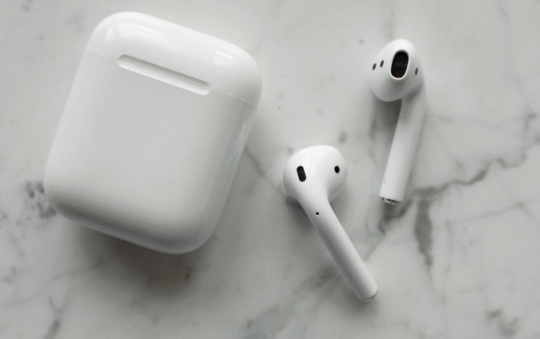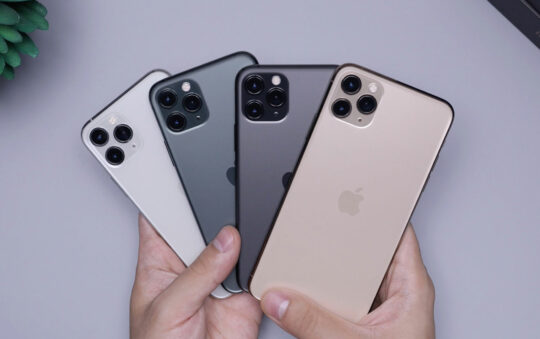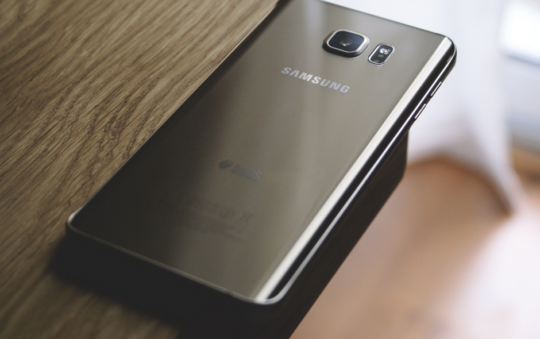Has your LTE connection been giving you trouble lately? Has it just stopped working altogether?
In this blog post, we will discuss some of the most common causes of LTE problems and how to fix them. We will also provide some tips for troubleshooting LTE issues.
Keep reading to learn more!
What is LTE?
LTE, or Long-Term Evolution, is a type of wireless technology that is used by mobile service providers. LTE offers higher data speeds than other types of wireless technologies, and it is the most common type of connection for new smartphones and tablets.
However, LTE can sometimes have issues. In this blog post, we will discuss some of the most common causes of LTE problems and how to fix them.
Turn airplane mode on and off
One of the most common causes of LTE problems is a glitch in the connection between your device and the network. This can often be fixed by simply turning airplane mode on and then off again.
To do this, go to your device’s settings and find the “airplane mode” option. Turn it on, wait a few seconds, and then turn it off again. This should reset the connection and hopefully fix the problem.
If this doesn’t work, try restarting your device.
Restart your device
If turning airplane mode on and off doesn’t fix the problem, try restarting your device. This will often clear up any software glitches that may be causing the LTE issue.
To restart your device, simply hold down the power button until the “restart” option appears. Tap it and wait for your device to reboot. Once it has restarted, try using LTE again.
If you’re still having trouble, there are a few other things you can try.
Confirm that the proper network mode is enabled
You should have at least three connection options on your smartphone: 2G, 3G, and 4G LTE, or simply LTE. Typically, your device will attempt to connect to the fastest connection possible.
If you’ve been playing around with your settings or just recently installed an update, it’s a good idea to manually adjust them.
Here is how to do it:
- Go to Settings, then tap on Mobile Network.
- Select Network mode. A pop-up list of preferred modes will appear.
- Tap on the auto or LTE (2G/3G/4G auto) option.
Take out and readjust your SIM card
If you’re still having trouble connecting to LTE, the next thing you should try is taking out your SIM card and readjusting it.
First, power off your device. Then, remove the SIM card tray from the side of the phone. Take out the SIM card and make sure that it is properly inserted into the tray.
Once you’ve inserted the SIM card, put the tray back in and power on your device. This should fix the problem.
Reset network settings
If you’ve tried all of the above and you’re still having trouble, you can try resetting your network settings. This will restore all of your mobile network settings to their defaults.
Go to Settings, select either Reset or Backup & reset, and then choose it.
Tap Reset Network Settings from the menu. Keep in mind that this operation will erase all network settings, including saved Wi-Fi networks, paired Bluetooth devices, and so on. If you’re sure you want to go through with it, tap Reset Settings.
If you have a PIN, you will be prompted to input it. Do so and confirm your network settings are reset.
Contact your cell provider
If you’ve exhausted all of the suggestions on this page and still haven’t resolved your LTE connection not working, it’s time to contact your cell provider.
- Verizon – 800-922-0204
- AT&T – 800-331-0500
- T-Mobile – 1-877-746-0909
Get your phone inspected for hardware issues
One of the final things you can try before contacting your cell provider is getting your phone inspected for hardware issues.
This is especially important if you’ve recently dropped your phone or otherwise damaged it.
If you have a warranty, contact the company that issued it and they will be able to help you get your phone fixed.




